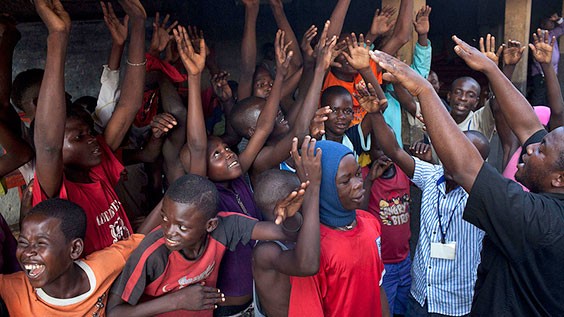World Bank Purpose History and Statistics
Post on: 21 Сентябрь, 2015 No Comment

What Is the World Bank?:
The World Bank provides financial and technical assistance to emerging market countries. The World Bank is not actually a bank in the common sense. Instead, it consists of two development institutions — the International Bank for Reconstruction and Development (IBRD) and the International Development Association (IDA)— owned by 186 member countries.
The Bank is closely affiliated with three other organizations —the International Finance Corporation (IFC), the Multilateral Guarantee Agency (MIGA), and the International Centre for the Settlement of Investment Disputes (ICSID) — that support its goal of reducing worldwide poverty. The five organizations make up the World Bank Group .
What Is the Purpose of the World Bank?:
The World Bank provides low-interest loans, interest-free credits and grants to developing countries. In the past, this usually occurred when they were in danger of sovereign debt default, itself often a result of overspending and extensive borrowing. Many countries then devalued their currencies, which resulted in hyperinflation. To combat this, the Bank often required austerity measures. where the country must agree to cut back on spending and support its currency.
The World Bank loans are usually to invest in education, health, and infrastructure. The loans can also be used to modernize a country’s financial sector. agriculture, and natural resources management. The Bank’s goal is to bridge the economic divide between poor and rich countries, to turn rich country resources into poor country growth and to achieve sustainable poverty reduction.
To achieve this goal, the Bank focuses on six areas:
- Overcome poverty by spurring growth in the poorest countries, focusing on Africa.
- Offer reconstruction to poor countries emerging from war, a major contributing factor to extreme poverty.
- Provide a customized development solution to help those middle-income countries overcome problems that could throw them back into poverty.
- Spur governments to act on preventing climate change, controlling communicable diseases, (especially HIV/AIDS and malaria), managing international financial crises, and promoting free trade .
- Work with the League of Arab States to improve education, build infrastructure and provide micro-loans to small businesses in the Arab world .
- Share its expertise with developing countries, and its knowledge with anyone via reports and its interactive online database.
World Bank History:
The World Bank was created at Bretton Woods in 1944 to lend to European countries to help them rebuild after World War II. It was the world’s first multilateral development bank, and was funded through the sale of World Bonds. Its first loans were to France and other European countries, but soon lent money to Chile, Mexico and India to build power plants and railways. By 1975, the Bank also lent money to countries to help with family planning, pollution control and environmentalism.
Who Runs the World Bank?:
Robert Zoellick has been President of the World Bank since 2007. Zoellick got his start working for President Ronald Reagan ‘s Treasury Secretary. James Baker. Zoellick also worked in executive positions in Fannie Mae (1993-1997), the Office of Trade Representative (2001-2005), the State Department (2005-2006) and Goldman Sachs (2006-2007). He reports to a 25-member Board of Directors, five of whom represent major contributors France, Germany. Japan. the UK and the U.S. while the other countries are represented by the remaining 20 directors. For this reason, and the fact that the U.S. always selects the President, many members complain that the Bank represents the interests of the developed world, not the poor countries it is supposed to help. The Bank has more than 10,000 employees from over 160 countries. Two-thirds work in Washington, DC, with the rest stationed in 100 country offices in the developing world.
World Bank Statistics and Reports:
The World Bank provides a wealth a downloadable data for more than 200 countries. In 2010, the Bank launched a new Open Data website. It provides free access to 298 major indicators, including
- Climate change. the environment and energy,
- Health, such as life expectancy ,
- Urban development and infrastructure,
- Labor, income and education,
- Government, economic policy and sovereign debt ,
- Demographics such as poverty, gender and aid effectiveness,
- Business, agriculture and financial areas.
The Bank also does in-depth analyses of development issues, including the annual World Development Report. A variety of research reports examine global trends in trade, financial flows. and commodity prices, and their impacts on developing countries. Other reports include the World Development Indicators, Global Development Finance, Little Data Book, Little Green Data Book and The World Bank Atlas.














